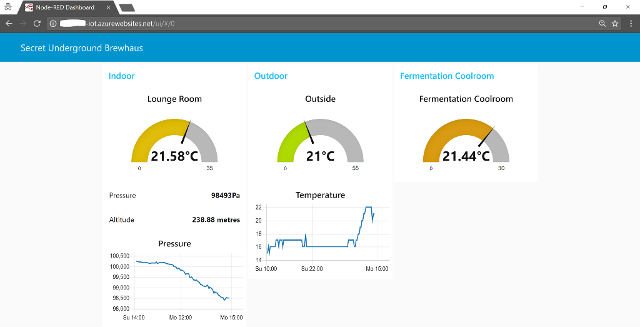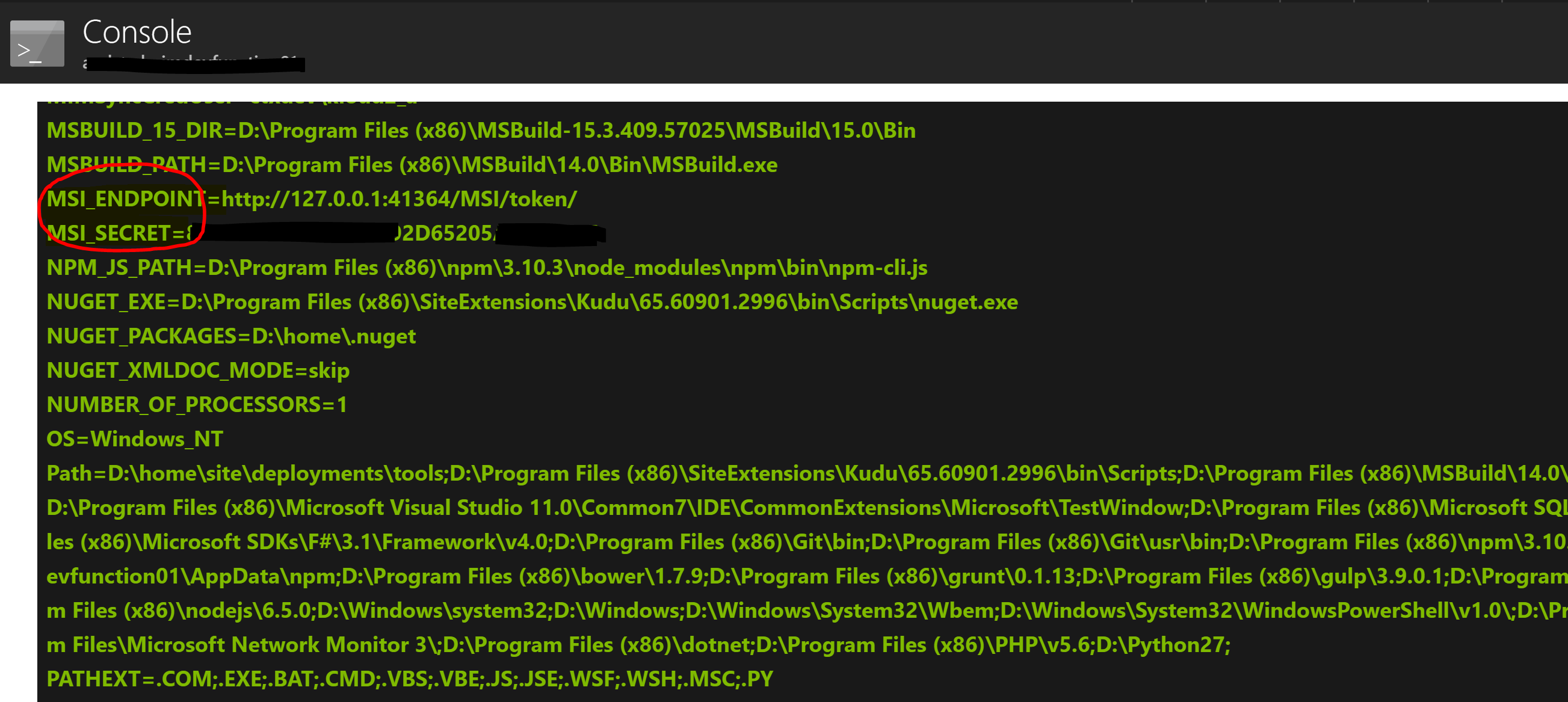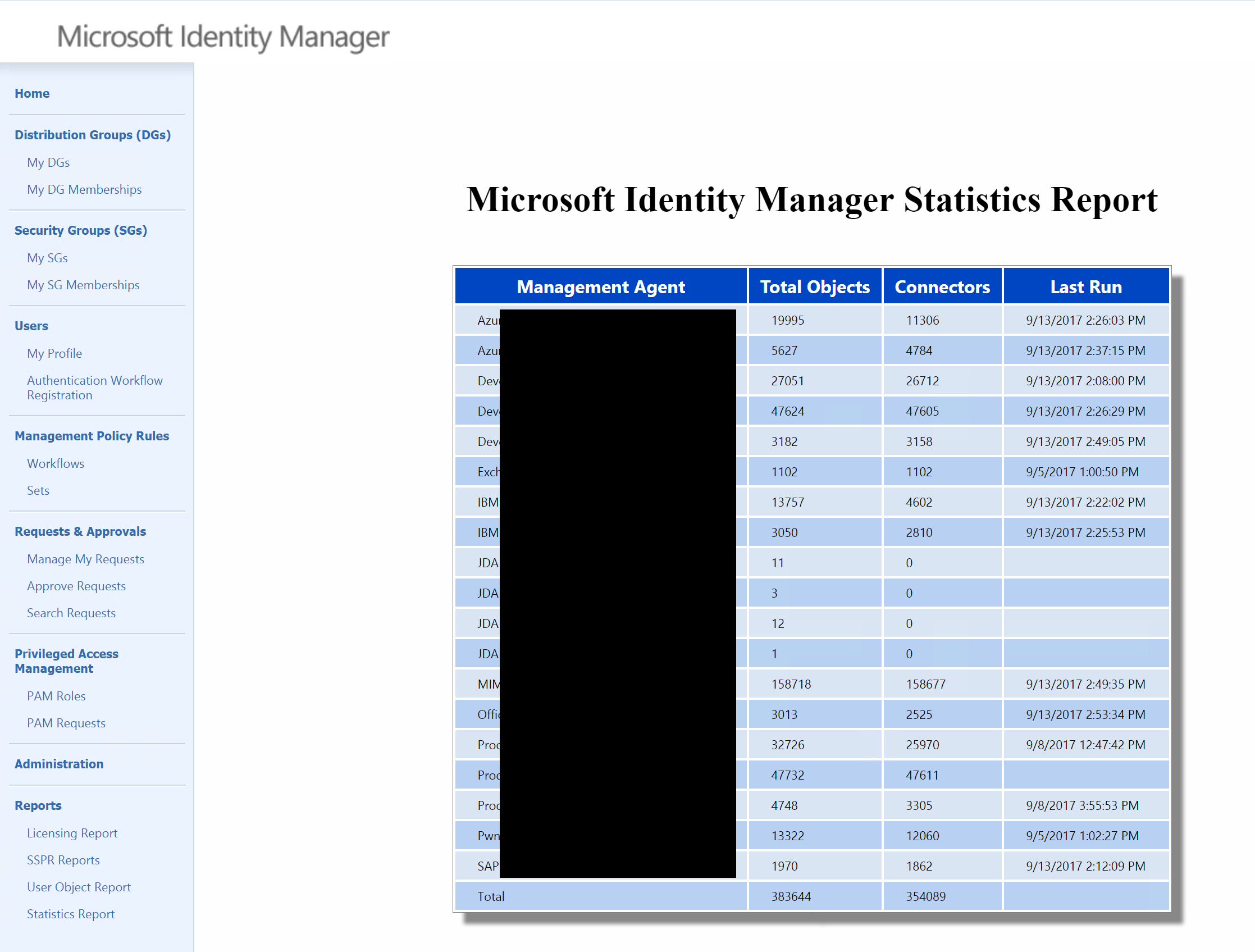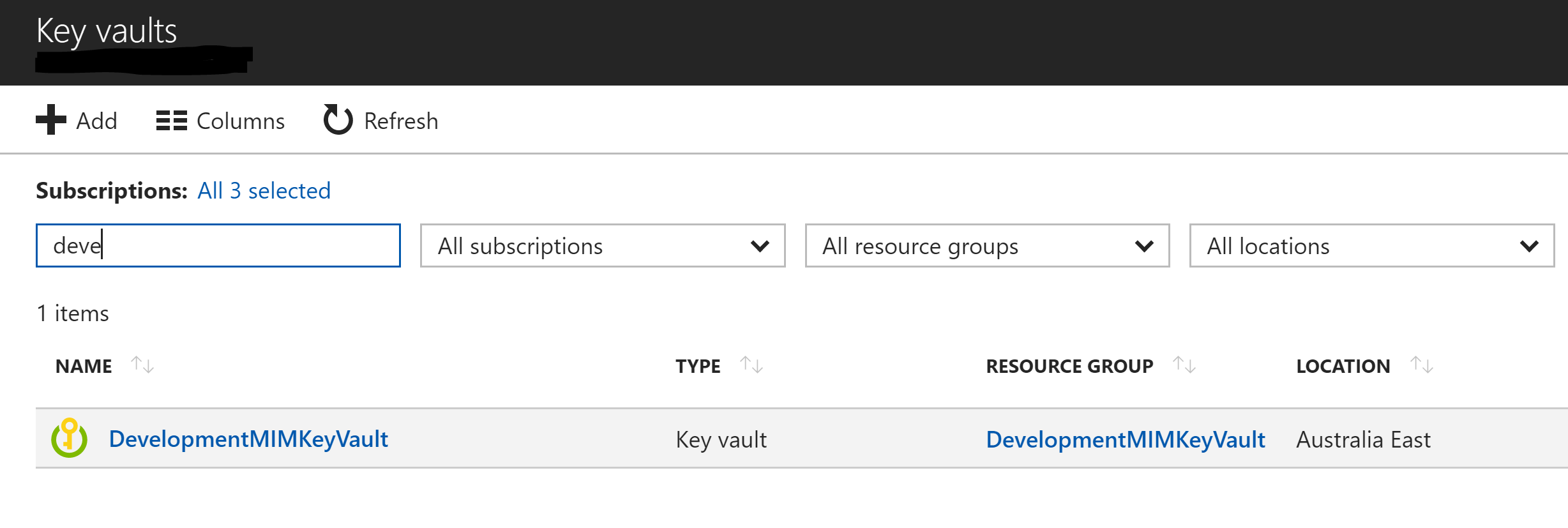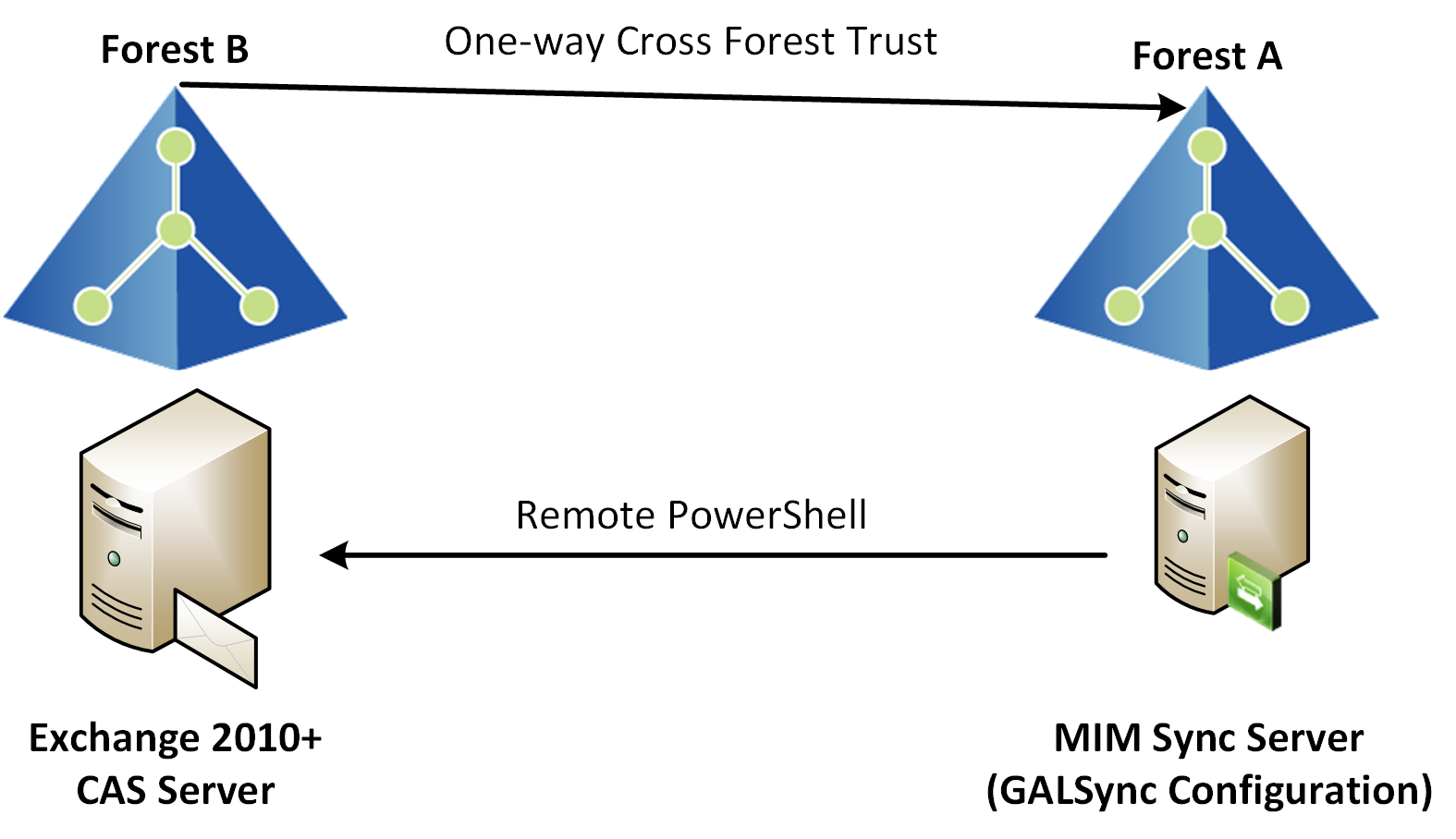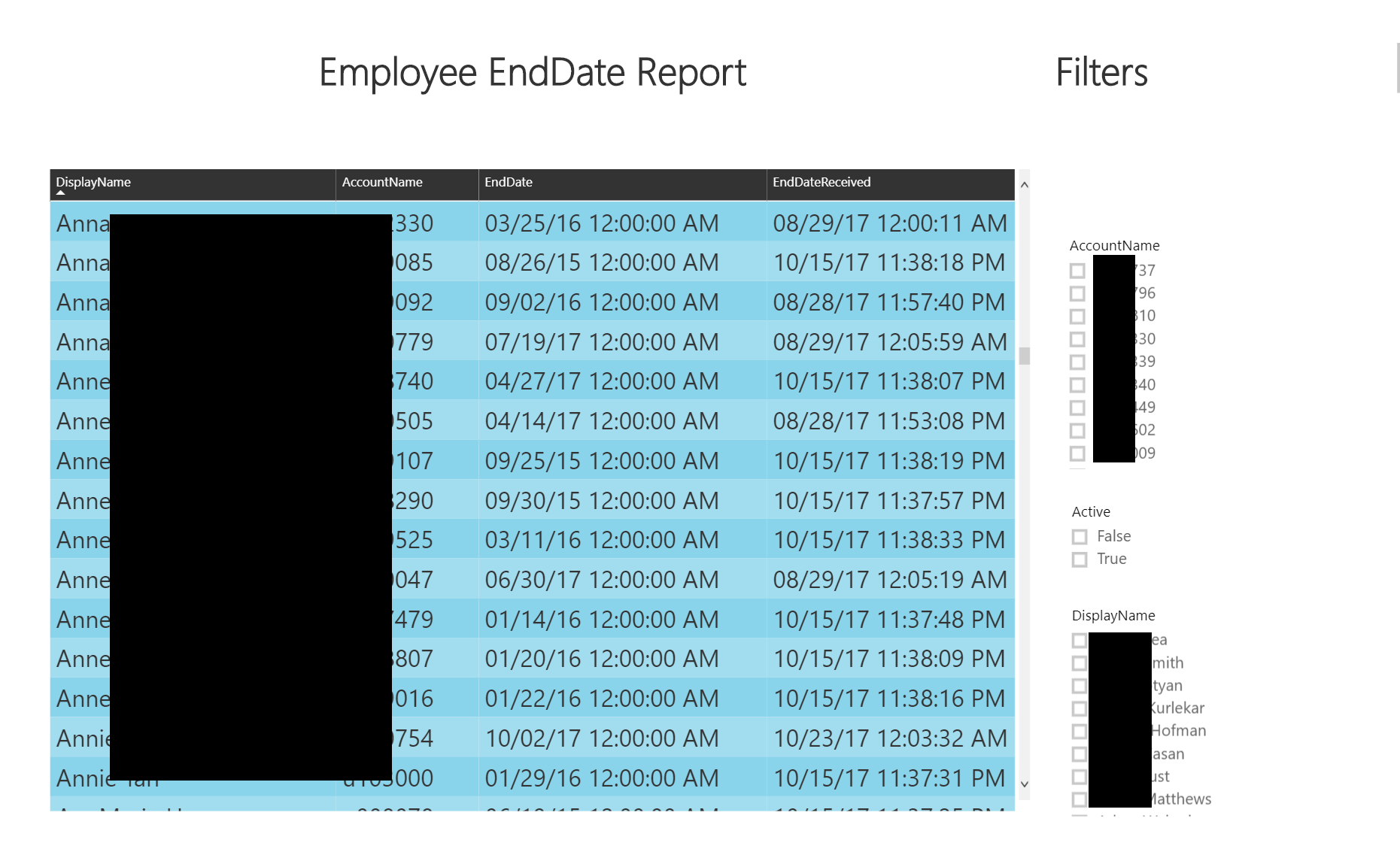
A modern way to track FIM/MIM Attribute Value History utilizing Power BI
Introduction
Microsoft Identity Manager is fantastic for keeping data consistent between connected systems. Often however you want to know what a previous value of an attribute was. FIM/MIM however can only tell you the current value and the Management Agent it was received on and when.
In the past where I’ve had to provide a solution to either make sure an attribute has a unique value forever (e.g email address or loginID (don’t reuse email addresses or loginID)) or just attribute value history I’ve used two different approaches;
- Store previous values in an SQL Table and have an SQL MA that flows out the values
- Store historical values in a Multi-Valued attribute on the user object in the Metaverse
Both are valid approaches but often fall down when you want to quickly get a report on that metadata.… [Keep reading] “A modern way to track FIM/MIM Attribute Value History utilizing Power BI”

